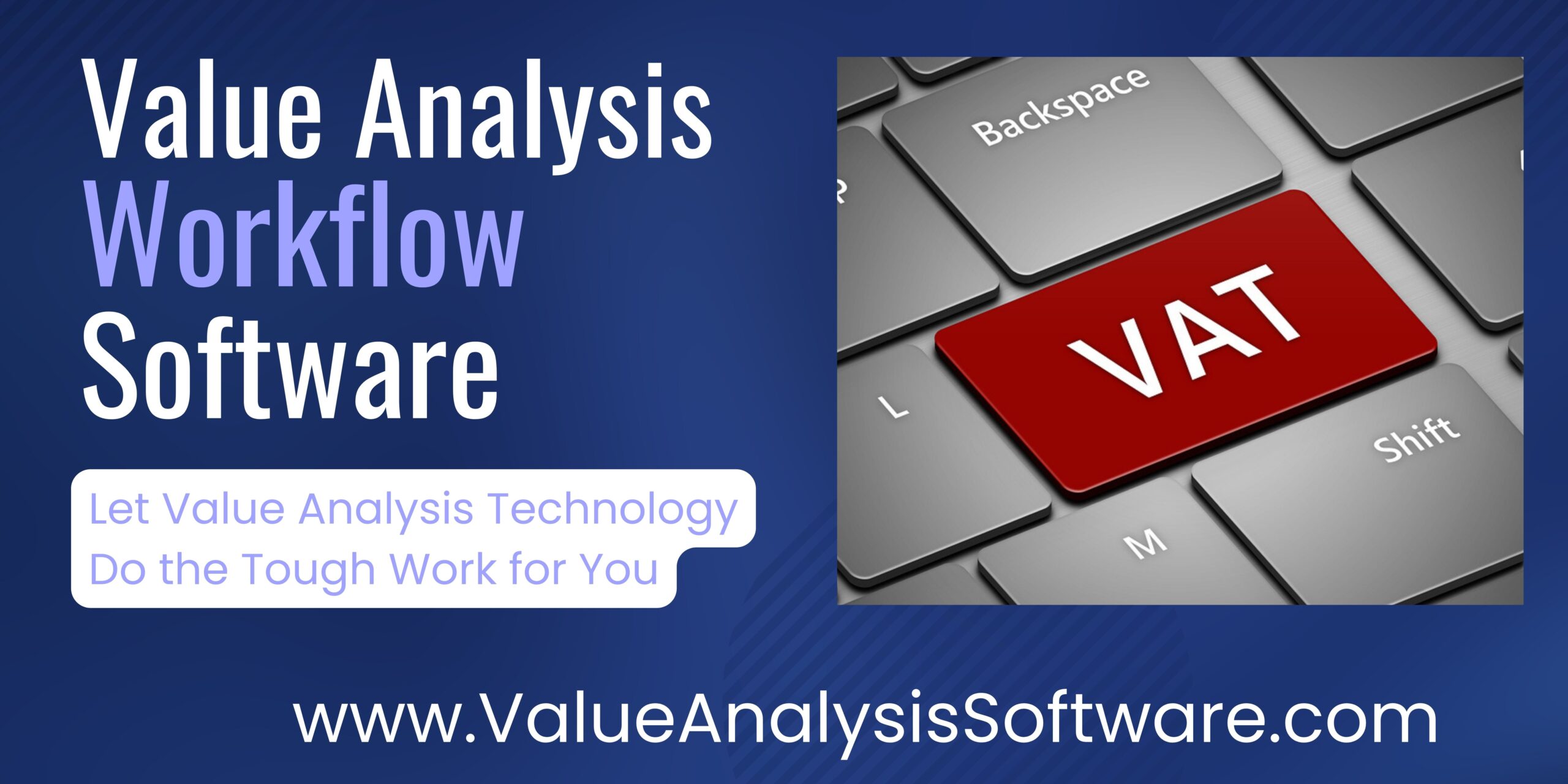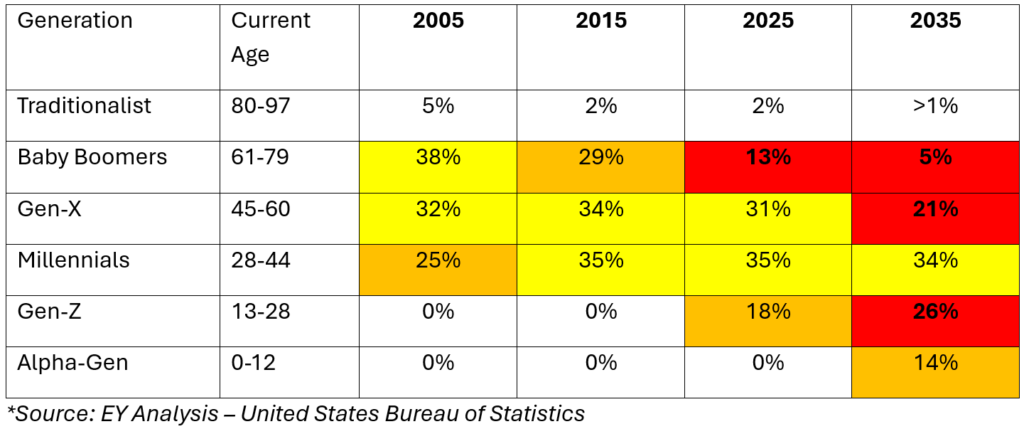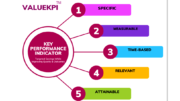When Bob Yokl reached out to me to write this article for HCVA&UM Magazine, he challenged me to write a forward-thinking article that truly has the vision for the future of healthcare value analysis teams. In agreeing to write this article I also challenged Bob back and asked if the readers were looking for immediate next steps to take, or if the readers want a true forward-thinking, real-world, data-centric vision for VA teams of the future. Bob agreed with my thinking and asked for the real-world vision that you are seeing here.
Innovation, artificial intelligence, DEI, change management, education, and collaboration. You have heard the chatter unless you’ve been cast back in time. It’s been getting louder as we recover from the pandemic, and with the start of 2025, it’s become a near-deafening roar from the crowds. What you hear is a historic generational shift, bringing significant changes to the workplace and the dynamics of healthcare over the next 10 years. Getting familiar with the who, the when, and the why will be pivotal in understanding the impacts your teams will face and whether your current processes will be sustainable by 2035. There’s a ton of overwhelming noise out there right now. In this two-part series, we’ll tune in on who the players are, how the game is changing, and considerations for ensuring your VA teams are bringing home the wins in the future.
The Players: Your Starting Lineup and Who’s on Deck
Alas, your organization has finally decided to adopt a formal VA process. You’re gathering industry recommendations to get a team in place, or maybe you fall on the other end of the spectrum where you’ve finally curated the perfect value analysis teams, robust with engaged physicians, highly experienced clinical leaders with board certifications, infection prevention and quality improvement nurses with advanced degrees, and maybe even C-Suite representation. The members have an astonishing number of years of education and hands-on experience. Great!… But…
Will your team of MVPs and selection processes be sustainable or make sense in the next 10 years? If you’ve given a confident “YES!”, we want to talk. If your answer is “NO”, you’re already a step in the right direction. If you haven’t thought about it until now or just don’t know, most VA leaders are likely to have a response, so you’re in good company and got here with perfect timing.
The first step to answering this complex question is knowing who the generational players are, their statistics over time, and their general attributes. Because an endless amount of information is available on the subject, slight deviations occur in the data. The table below provides a high-level approximation of the past, present, and future workforce spanning over 30 years. We’ll look at the colors like a heatmap, red being the hottest and most critical shifts.
Generational Views and Values
Each generation has been identified with attributes that characterize the group as a whole. The following list is not comprehensive and does not suggest that individuals cannot share core values from outside their generational cohort. However, our perspectives are developed by societal exposure throughout our lives. For instance, a Baby Boomer may have a strong commitment to justice and equality due to experiencing the civil rights era, yet most are accustomed to traditional and in-person organizational structures and have been for over 50 years.
| Generation | Current Roles | Workplace Views | Values |
| Baby Boomers | Senior leadership positions | Prefer clear hierarchies and formal structures | Professional accomplishments, quality healthcare, long-term employment |
| Generation X | Middle management | Achieving goals, high-quality work, adaptable, independent | Financial security, long-term employment, practical, skeptical |
| Generation Y (Millennials) | Expected to dominate senior leadership roles | Purpose-driven work, inclusive culture | Align careers with values, support positive societal contributions |
| Generation Z | Rising to significant positions | Entrepreneurial, innovative, dynamic environments | Diversity, inclusion, global citizenship |
| Alpha Generation | Future workforce (14% in 2035) | Adaptable, tech-savvy, collaborative, innovative | Comfort with technology, creativity, social consciousness |
Are Your Value Analysis Teams Ready for the Future?
Practices, processes, and standards in the healthcare supply chain and value analysis have largely been shaped by the experiences and perspectives of Baby Boomers, along with the increasing integration of Generation X viewpoints. Over the past several decades, their use of hierarchical structures, organizational commitment, and goal-achieving ambitions significantly contributed to industry reliability and resilience. However, as we approach substantial generational shifts, it is essential to re-evaluate current practices.
The demographic transition will see Millennials and Generation Z assuming more prominent leadership and decision-making roles within the healthcare sector. They seek opportunities for growth, learning, and acquiring new skills. Their innovative outlooks and strong affinity for technology and digital advancements are expected to drive transformative changes. Both generations strongly commit to diversity and inclusion inside and outside the workplace. They prefer environments that encompass not only racial, gender, and ethnic diversity but also various perspectives and backgrounds. Organizations prioritizing policies promoting equal opportunities and cultivating a culture where all voices are acknowledged and valued are more likely to retain these young professionals.
Why It Matters
The healthcare industry has been preparing for a labor shortage for years. Most institutions have recognized the critical impact this will have on patient outcomes. Thus, homing in on their recruitment efforts to attract post-Gen-X talent and retention strategies like sign-on bonuses, tuition reimbursement, and offering benefits that promote mental well-being. Let’s not forget about DEI initiatives and how they will impact your future VA teams.
Adopting DEI initiatives intersects with health equity and is essential for aligning health system brands with the future workforce’s values, attracting and retaining diverse talent while fostering inclusiveness. Diverse and inclusive teams enhance cultural competency, improve patient care, reduce bias, drive innovation, and improve financial performance. Health equity ensures that care is administered equitably, leading to better patient outcomes and reduced disparities.
Healthcare organizations have an ethical duty to reflect the diversity of their communities and provide equitable care. The same goes for your VA teams. Incorporating varying perspectives helps contribute a wide range of experiences and viewpoints, resulting in more comprehensive solutions, better prepared to adapt to changing market conditions, and improving organizational outcomes.
The Challenge for Your VA Teams
I challenge you to assess your value analysis teams/committees at their current state. Do you have members from emerging generations? Can your members represent the communities they serve? It’s impossible for even the largest institutions to represent every population but using the criteria below will give you a guide. Due to the sensitive nature, it is strongly advised to use only information that is made publicly available, that your participants have openly shared, and/or that is visibly apparent. If you choose to make notes, keep them private and avoid using names. Consider a tallying approach or YES/NO. If your organization is actively working on improving DEI efforts and/or has a DEI officer, reach out for guidance.
| Category | |||||
| Race/Culture | White Non-Hispanic | African American | Hispanic/Latino | Indigenous | Asian |
| Education Level | HS/GED | Tech/Associates | Bachelors | Masters | MD/DO/NP/DNP |
| Organizational Title | Tech | Specialist/Analyst | Mgr/Sup/Coord | Director | Executive/C-Suite/Senior |
| Years of Experience | 0-5 | 5-10 | 10-15 | 15-20 | 20+ |
| Generation (Use published bio’s. Don’t ask!) | Gen-Z | Millennial | Gen-X | Boomer | Traditionalist |
| Gender | Male | Female | Non-Binary | ||
| LGBTQIA+ | Yes | No | |||
| Disabilities (Self/Care Taker) | Yes | No |
In part two of the series, we’ll take a deeper dive into establishing your VA succession plan and discuss the steps you should be taking now to ensure a smooth transitional shift.
Covering:
Training Gaps and Opportunities
Mentoring/Internships
Recruiting Vs. Appointing
Technology/Innovation
VA Beyond the Hospital Walls
Article By:
Leslie Sullivan, RN, CMRP, CVAHP, has been a registered nurse for 19 years, building her clinical and leadership foundation in the ER and Procedural Endoscopy spaces. She transitioned from the bedside to begin her Supply Chain and Value Analysis journey in 2018. Since then, she has delivered transformative solutions that streamline operations, reduce costs, and improve patient outcomes. Her passion and commitment to building relationships through authenticity, transparency, and empathy have been key to her success in the healthcare industry.
Articles you may like:






